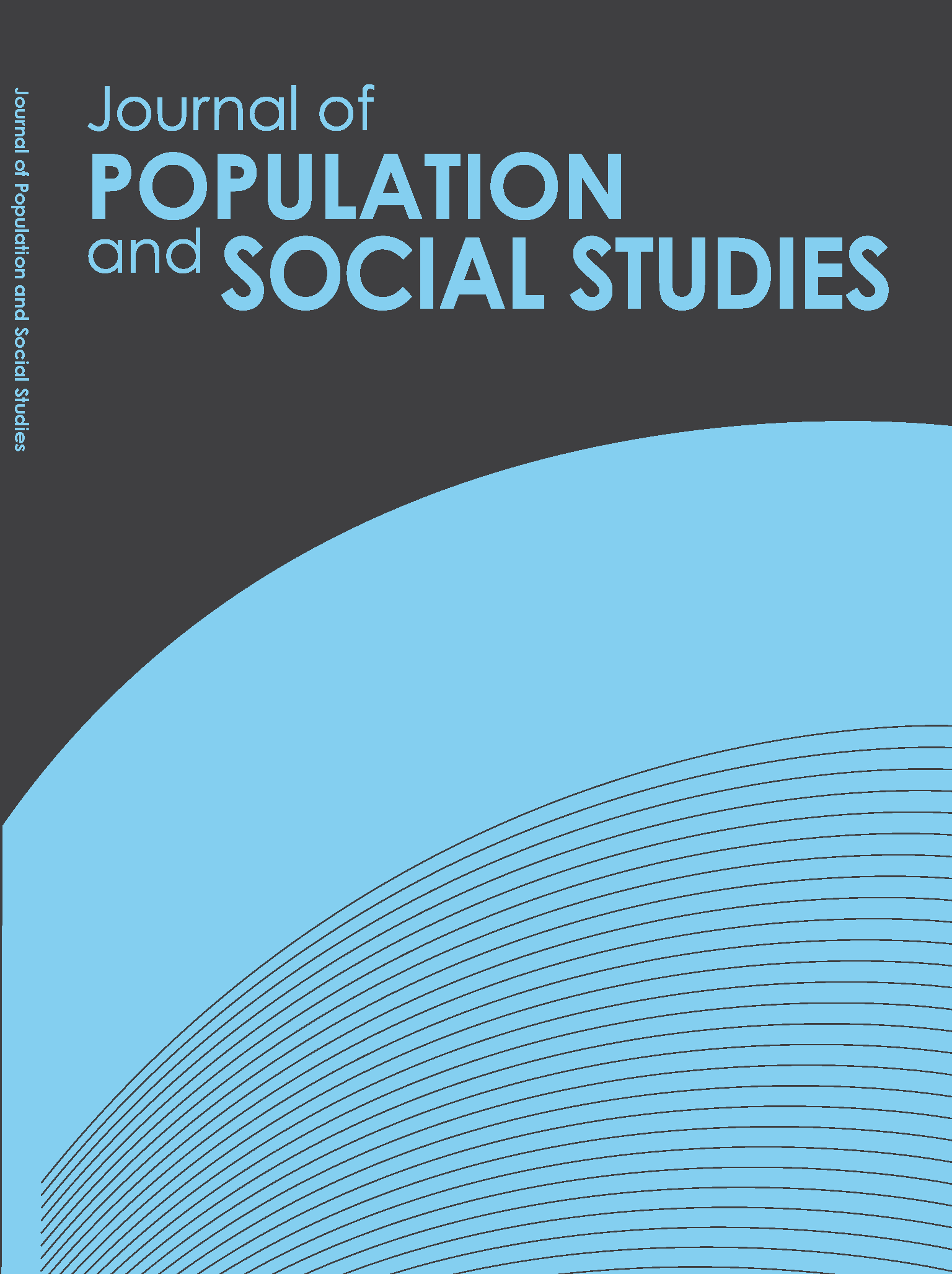Rural-Urban Differentials of Knowledge and Practice of Contraception in Bangladesh
Main Article Content
Abstract
The study utilizes Bangladesh Demographic and Health Survey, 2004 data to identify the more important factors affecting knowledge and practices of contraception in the urban and rural areas of Bangladesh. Descriptive
and multivariate logistic regression methods were employed in analyzing data. Findings reveal that there exist strong urban-rural differentials regarding knowledge and practices of contraception between urban and rural areas.
The study reveals that although all the urban and rural women know about contraceptive methods, however, the contraceptive prevalence rate is 62.9 percent among currently married women in the urban area and the
corresponding rate for rural women is 56.7 percent. We also observe the rate of using modern methods is higher in urban areas and pill is first choice as a future contraceptive method for a large percentage of women both in the urban and rural area. The logistic regression analysis for current use of contraception shows that children ever born, discussion about family planning with husband, husband’s occupation, visits of family planning workers in the last six months preceding the survey, and mass media exposure appear to be the most significant predictors of current
contraception use among both urban and rural women. Moreover age, religion, permission to go to hospital/health center and region also significantly affect the contraceptive use of rural women, whereas, education and occupation of women influence the contraceptive use of urban women.


